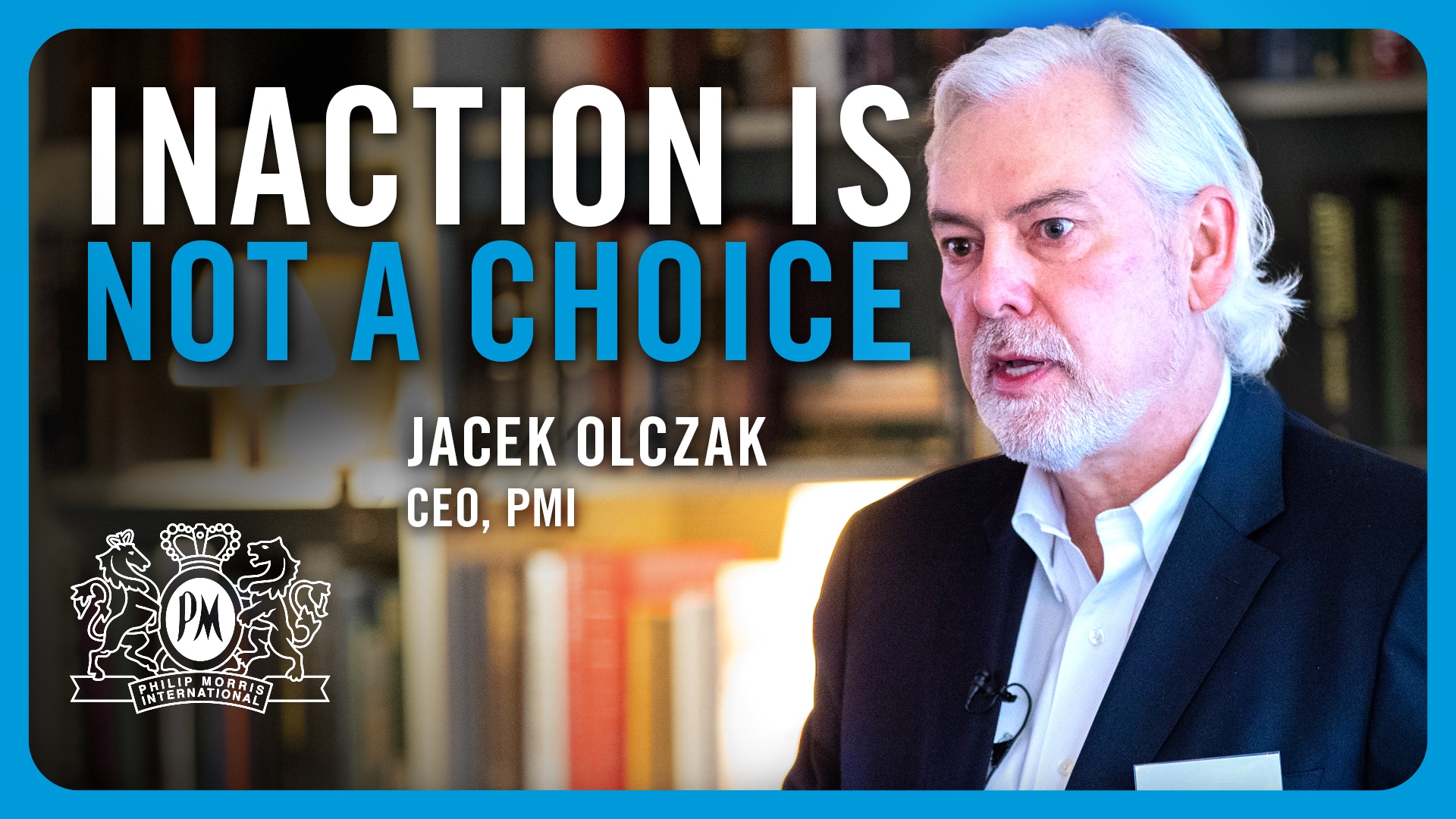At Philip Morris International (PMI), we have long recognized the public health opportunity that exists for countries that embrace scientifically substantiated smoke-free alternatives, developed for the estimated nine out of 10 adult smokers who continue to smoke in any given year.
And now, using data, estimates, and methods from the World Health Organization (WHO), along with third-party research, we can estimate the potential human cost of government inaction and the possible positive health impact if smokers around the world switched from cigarettes to smoke-free alternatives.
If we assume in this hypothetical model that these products are only 80 percent less harmful than cigarettes—and if people switch to them completely—then over their lifetime there’s a potential for a 10-fold reduction in smoking-attributable deaths compared with historical tobacco control measures alone.
Whilst there are limitations to this kind of hypothetical analysis, this estimate begins to show the potential human impact of inaction in countries that refuse to allow adult smokers to access smoke-free alternatives to continued smoking or accurate information about them.
Where policies enabling smoke-free products are embraced by regulators, these innovations are reducing smoking rates around the world.
Discover the potential reduction in smoking-attributable deaths by clicking on/hovering over the following selected countries: *
* These countries were chosen based on the availability of WHO and other third-party public data
Real-world evidence
Our hypothetical analysis is supported by real-world evidence from countries where smoke-free products have become established.
In Sweden—where snus oral tobacco pouches have been a popular alternative to cigarettes since the 1970s, particularly among men—public health data shows that smoking rates are among the lowest in the developed world.1 And this data also shows male mortality rates from tobacco-related diseases are much lower compared to other EU countries, where snus is banned.
Japan has also seen accelerated declines in smoking rates since smoke-free products were first introduced in 2014—five times faster than previously, according to independent research.2 By contrast, Singapore, where smoke-free products are banned, has seen smoking rates plateau.3

Inaction Is Not A Choice
Jacek Olczak, CEO, of Philip Morris International speaks in a room.
Our mission is clear: to reduce smoking by replacing cigarettes with less harmful alternatives.
The cigarettes belong in museums.
Since 2016, my company has fully committed to moving away from cigarettes, the most harmful form of nicotine consumption. We have invested more than 10.5 billion U.S. dollars in developing and commercializing smoke-free products—which today account for nearly 35 percent of our total net revenues.
Frustratingly, our ability to make further progress is being blocked by those who are blindly guided by a desire to see an end to the industry rather than an end to cigarettes and this is very frustrating.
This, together with an overreliance on the so-called precautionary principle—which some interpret as “better not to do anything until we know everything”—results in government inaction and more of the same.
Today’s environment and rhetoric make it easier for governments and regulators to do nothing on smoke-free alternatives. It’s perceived as safer for political careers to abstain from the debate completely rather than be seen as siding with us.
But, in the end, this is just prolonging the life of cigarettes and risks shortening the lives of those who use them.
For smokers today, inaction is not a neutral position. It is a choice with real-world outcomes.
We are entering what Churchill called “a period of consequences.”
It is no longer a case of if these smoke-free alternatives are better than cigarette smoking;
it is a case of by how much they are better.
Watch the full speech on our YouTube channel.
Rethink Disruption: The impact of inaction
Philip Morris International logo is seen on screen.
Consequences of inaction
The persistence of high smoking rates globally is evidence that traditional tobacco control measures alone aren’t working quickly enough.
That’s why PMI is calling on governments to recognize the merits of tobacco harm reduction—as demonstrated by the successes seen in countries like Sweden and Japan—and adopt forward-focused policies that provide adults who don’t stop smoking with a range of potentially less harmful alternatives.
By continuing to take policies of inaction, Jacek Olczak, PMI’s Chief Executive Officer, warned that governments are “prolonging the life of cigarettes and risk shortening the lives of those who use them.”
In 2016, we announced our vision for a smoke-free future. To date, we have invested more than USD 10.5 billion in developing, scientifically substantiating, and commercializing smoke-free alternatives to make that vision a reality—helping millions of adults switch away from cigarettes in the process.
For adults who would otherwise continue to smoke, switching to a smoke-free product is a pragmatic option that can have a positive impact on both individual and public health.
However, if every government embraced these innovations and understood the critical role of tobacco harm reduction alongside traditional measures, millions more who don’t quit would have the choice to switch to a smoke-free alternative—and millions of smoking-attributable deaths could potentially be avoided.
1 Smoking among adults | Health at a Glance: Europe 2022: State of Health in the EU Cycle | OECD iLibrary (oecd-ilibrary.org)
2 Effect of IQOS introduction on cigarette sales: evidence of decline and replacement | Tobacco Control (bmj.com)
3 national-population-health-survey-2019.pdf (hpb.gov.sg), nphs-2020-survey-report.pdf (moh.gov.sg) and national-population-health-survey-2021-report.pdf (moh.gov.sg)



